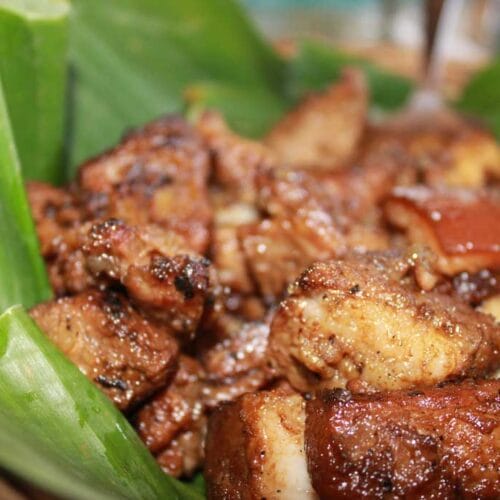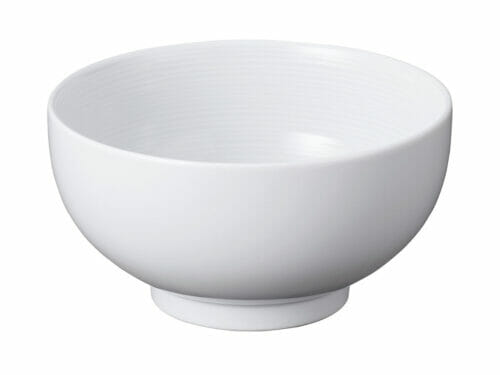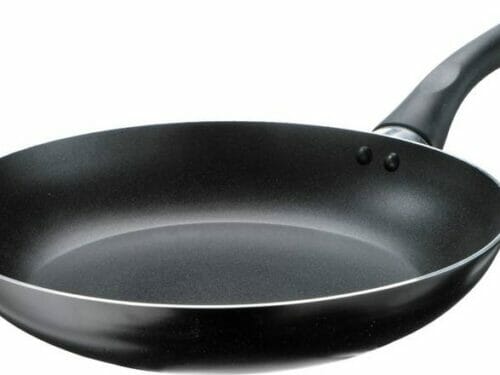
Batanes’ Dried Pork Adobo
Palo Palo Festival of Batanes (August 4-5). Although this province in the northernmost part of the Philippines, it is still flocked regularly by local and foreign tourists alike. Why not? Batanes’ rich cultural heritage and impressive lifestyle are worth all the hassle. The Palo Palo fiesta seeks to present the beauty of this remote province in such an amazing, fun-filled celebration.
Print
Servings: 8 people
Calories: 616kcal
Cost: $25
Add to Collection
Ingredients
Instructions
- Place pork in a bowl with garlic and soy sauce. Allow to marinade for at least half an hour or overnight, if you have time.
- When meat is ready, transfer it together with the marinade in a pan and heat on medium high.
- Stir in the remaining ingredients and allow to boil without stirring.
- Once the mixture boils, turn heat to medium-low and simmer for 10-30 minutes until the meat is tender and the liquid is fully absorbed.
- Serve with steamed white rice.
Video
Notes
Batanes boasts of its wonderful nature and a very vibrant local culture. Locals
and foreigners alike love coming to this place and be impressed with the sights and food choices on offer. This Dried Pork Adobo is one of their must-
try dishes, owing to the fact that Adobo is almost like the national dish of the country. It is one of the best ways to experience gastro pleasure in this
beautiful land.
and foreigners alike love coming to this place and be impressed with the sights and food choices on offer. This Dried Pork Adobo is one of their must-
try dishes, owing to the fact that Adobo is almost like the national dish of the country. It is one of the best ways to experience gastro pleasure in this
beautiful land.
Nutrition
Calories: 616kcal | Carbohydrates: 4g | Protein: 14g | Fat: 60g | Saturated Fat: 22g | Polyunsaturated Fat: 6g | Monounsaturated Fat: 28g | Cholesterol: 82mg | Sodium: 1658mg | Potassium: 299mg | Fiber: 1g | Sugar: 1g | Vitamin A: 42IU | Vitamin C: 1mg | Calcium: 25mg | Iron: 2mg
© Food And Meal
This website provides approximate nutrition information for convenience and as a courtesy only. Nutrition data is gathered primarily from the Spoonacular Database, whenever available, or otherwise other online calculators.

